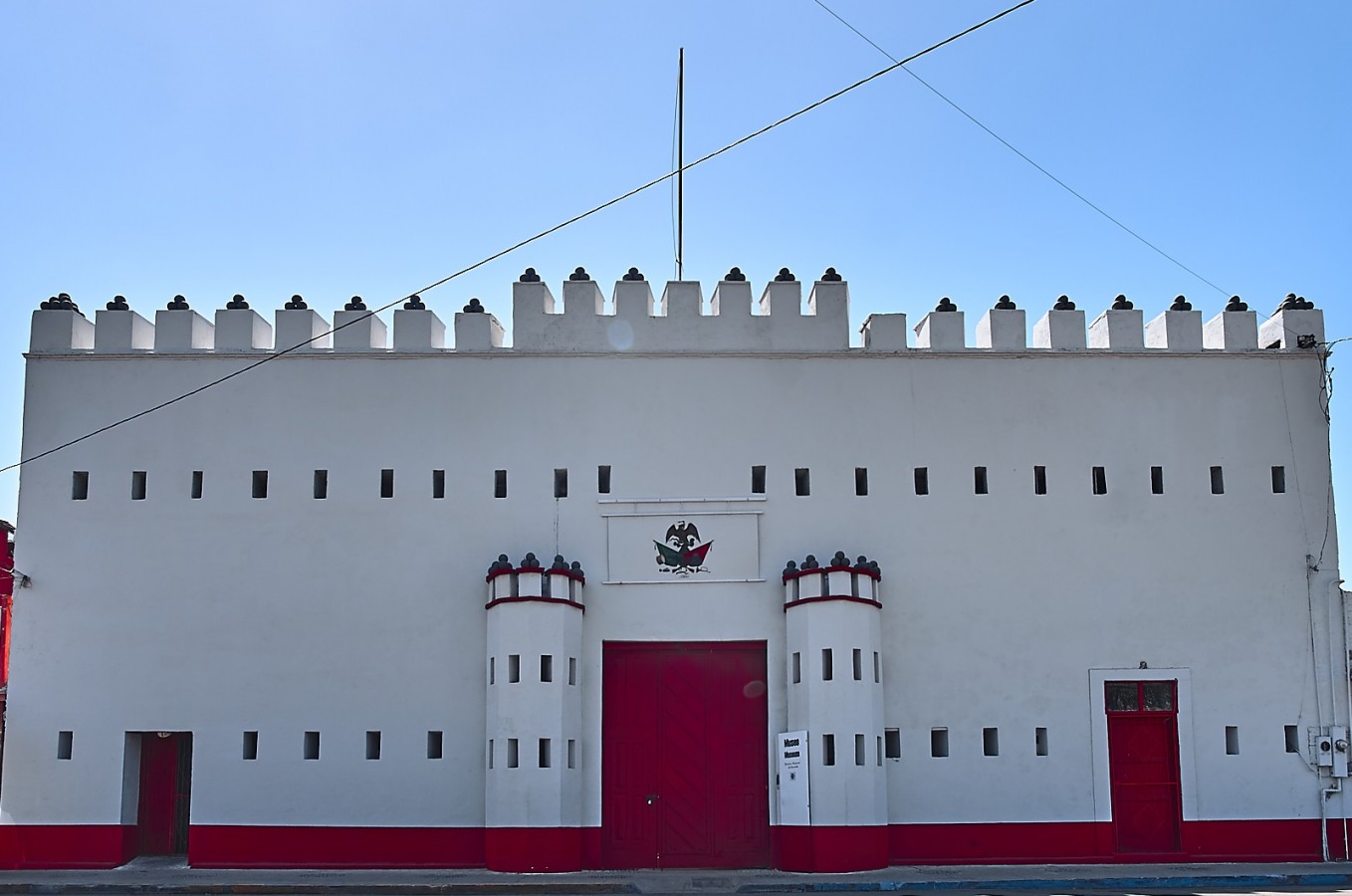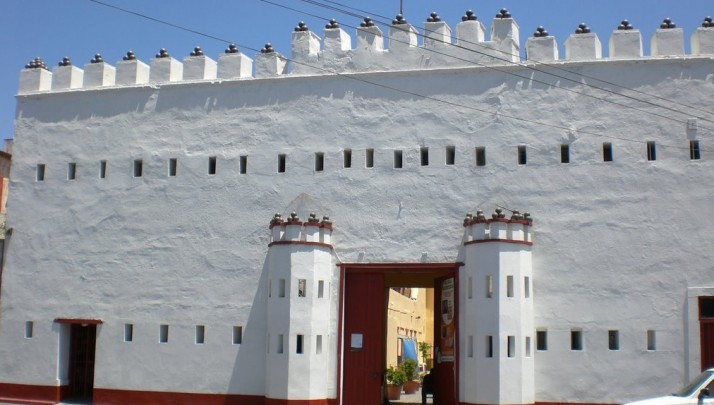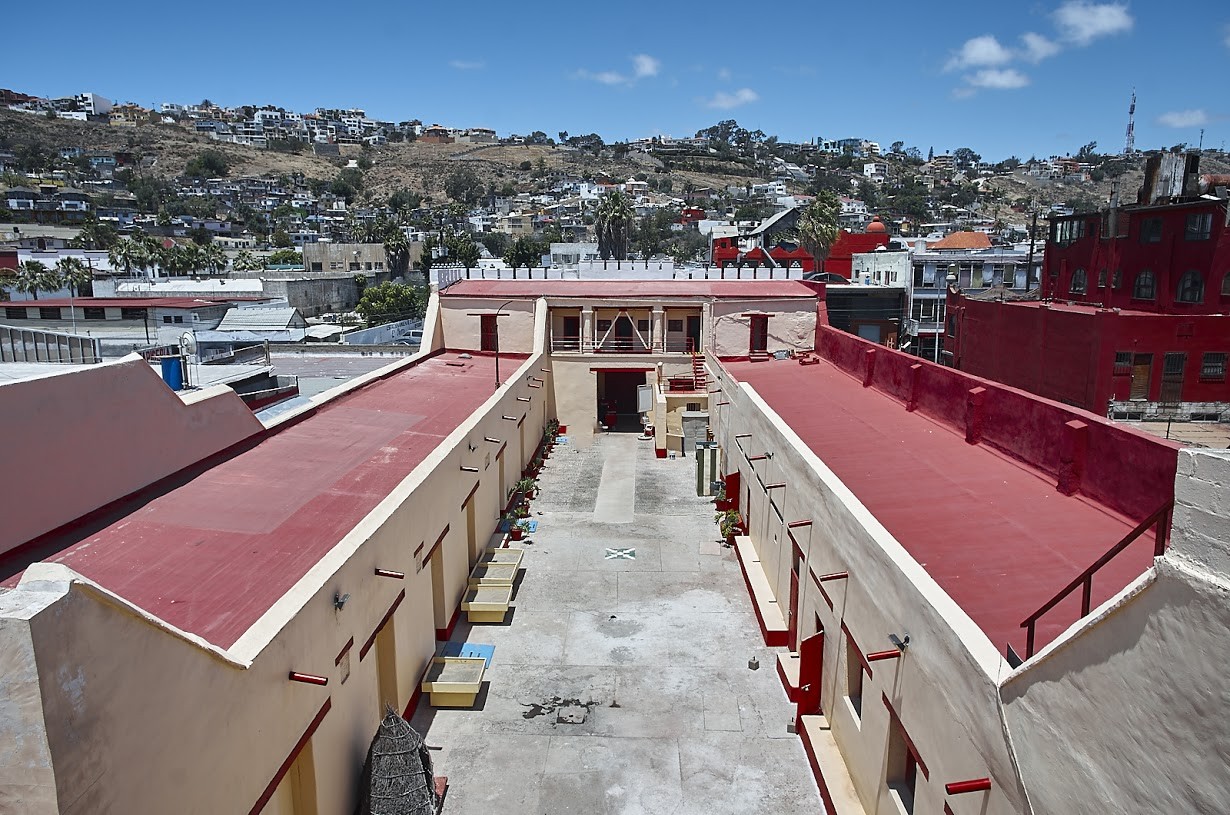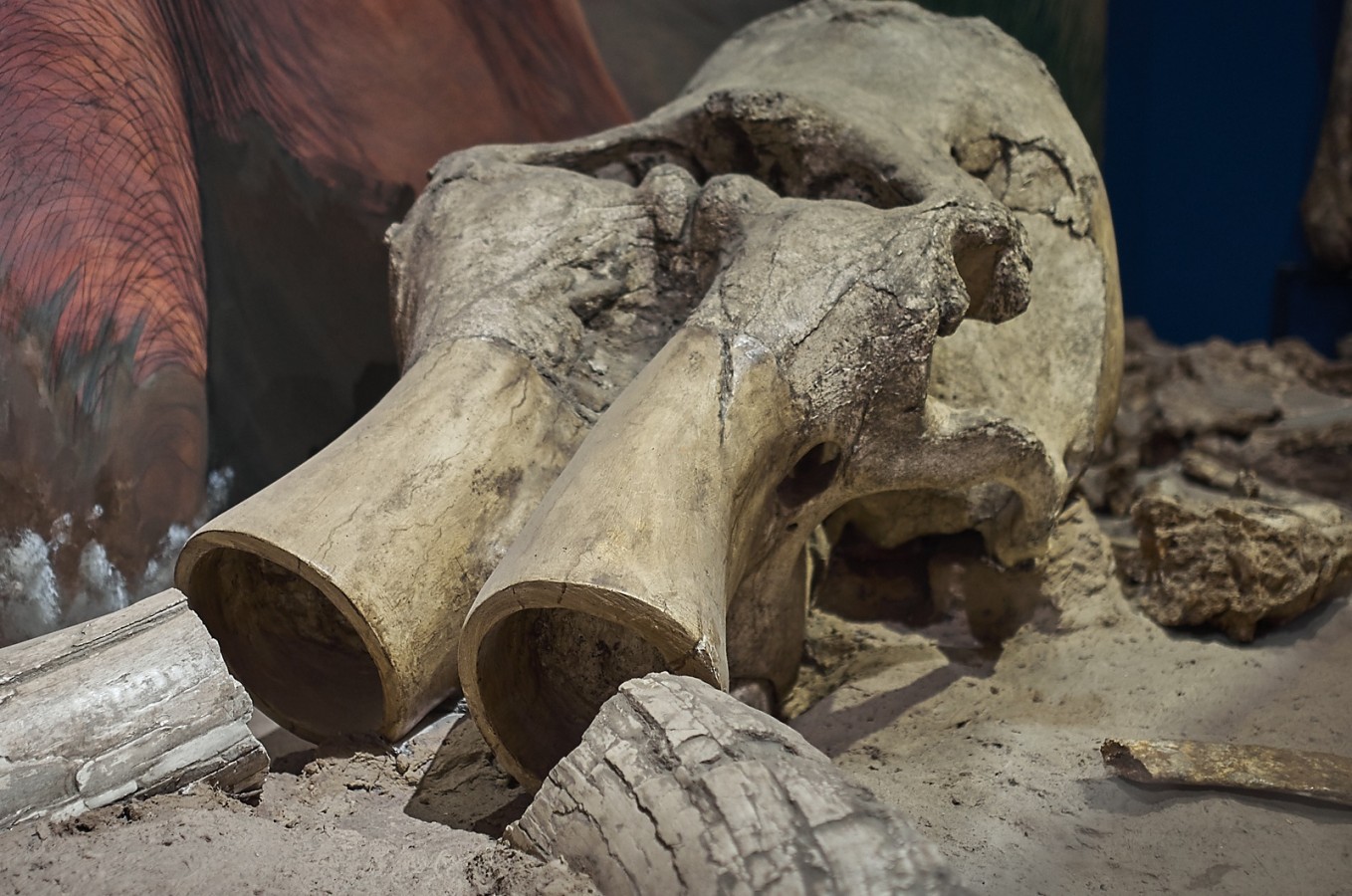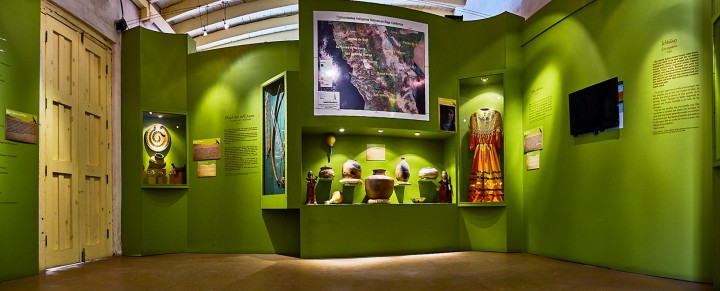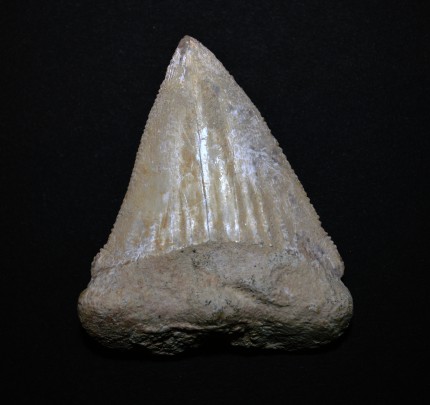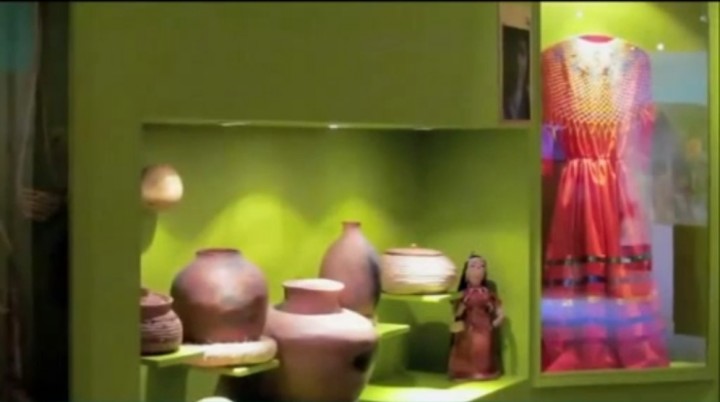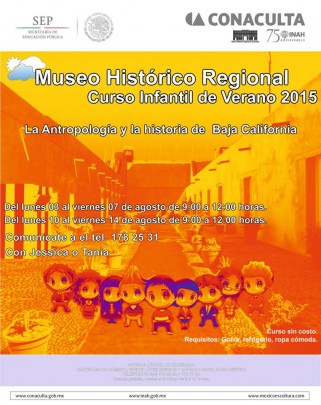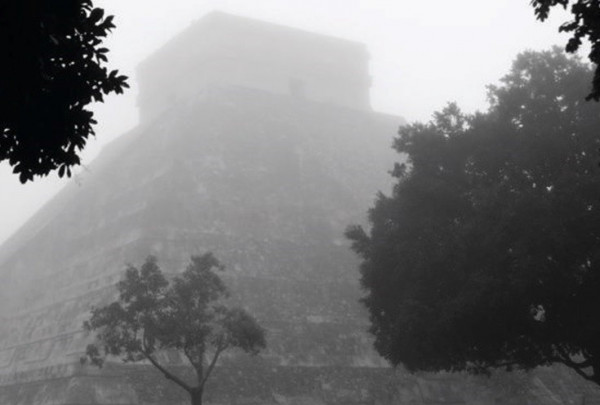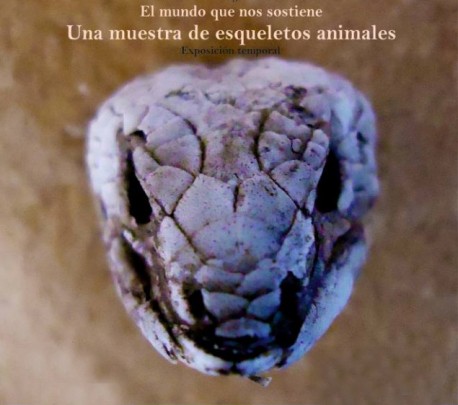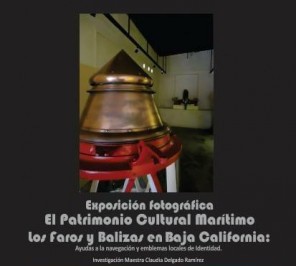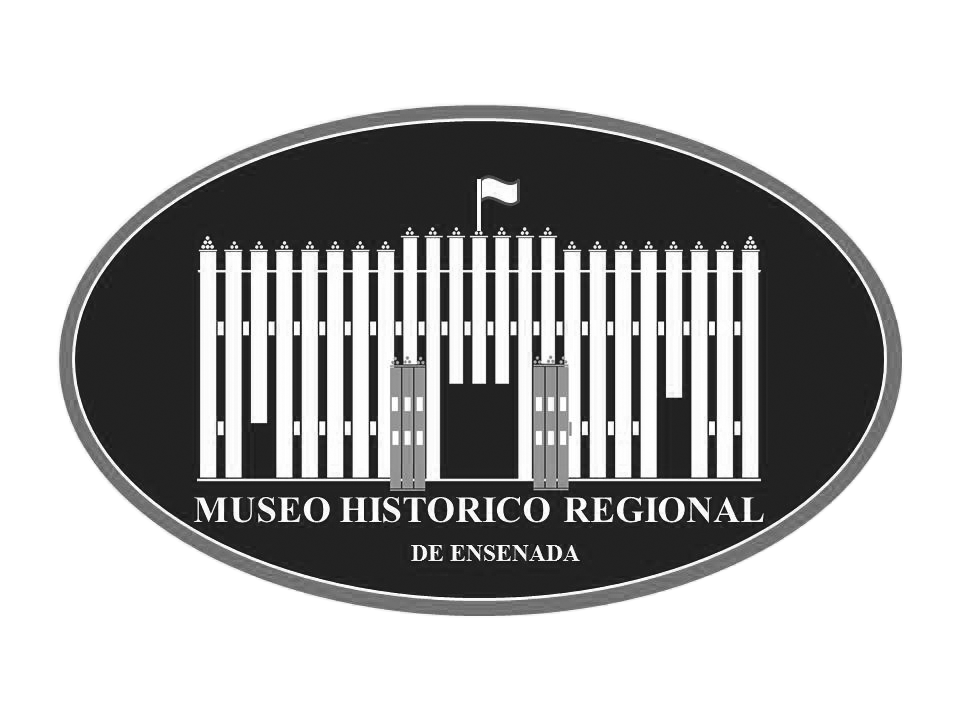Museo Histórico Regional de Ensenada
The 1886 Ensenada military barracks (later to become a jail and then a training hospital) houses the regional history museum showing: Baja Californian life, landscapes and culture from their remote origins until the military revolt of 1885. The collection includes early remains as well as memorable photographs from the nineteenth and twentieth centuries.
Regional
About the museum
Opened in 1995, it is housed in the oldest public building in Ensenada, dating from 1886 and built with adobe brick and stone. Originally, this historic monument was a military barracks. Later, it functioned as a court, a sub-prefecture, a municipal jail, simultaneously a school and a hospital, and a Marine Corps headquarters. The museum, managed by the INAH, presents different themes from the life, landscape, culture and history of Baja California, from paleontological remains and the first settlers to the mutiny of the 21st Battalion in this very building (the garrison revolted on January 10, 1885, following an extended period without pay). It has six galleries: Paleontology, Paleo-Indians, Archaic, Late Prehistory, Native Peoples of Baja California and the Missionary Era of Baja California. It also has an area for temporary exhibitions and a courtyard for cultural events. The collection exhibits fossils that are millions of years old, as well as artifacts made of stone, bone and shell by the ancient settlers of the peninsula, together with handmade crafts by their descendants.
The building’s facade has preserved the turrets with embrasures and battlements in the upper part of the building, adorned with cannonballs. Inside the hall on the left-hand side, visitors can walk through the old barracks and admire an anonymous mural dating from the start of the twentieth century that shows the foundation of Tenochtitlan set in the Bay of Ensenada. The barracks were turned into cells, with guard houses flanking this space. The large entrances to the museum’s galleries in the right-hand wing of the building were big enough for men on horses to pass through. The oral tradition tells us that the back wall was used for executions at the time when the enclosure was a court and prison.c
The building’s facade has preserved the turrets with embrasures and battlements in the upper part of the building, adorned with cannonballs. Inside the hall on the left-hand side, visitors can walk through the old barracks and admire an anonymous mural dating from the start of the twentieth century that shows the foundation of Tenochtitlan set in the Bay of Ensenada. The barracks were turned into cells, with guard houses flanking this space. The large entrances to the museum’s galleries in the right-hand wing of the building were big enough for men on horses to pass through. The oral tradition tells us that the back wall was used for executions at the time when the enclosure was a court and prison.c
January 1970
Practical information
Tuesday to Sunday from 9:00 to 17:00 hrs
Free entry
Avenida Gastélum s/n,
Colonia Centro, C.P. 22800,
Ensenada, Baja California, México.
Colonia Centro, C.P. 22800,
Ensenada, Baja California, México.
Between Virgilio Uribe and López Mateos streets.
Services
-
+52 (646) 178 3692
-
This email address is being protected from spambots. You need JavaScript enabled to view it.
-
FACEBOOK
Directory
Director
Mario Acevedo Andrade
This email address is being protected from spambots. You need JavaScript enabled to view it.
+52 (646) 175 7744
Asistente del director
Isela Padilla Pacheco
This email address is being protected from spambots. You need JavaScript enabled to view it.
+52 (646) 178 3692

